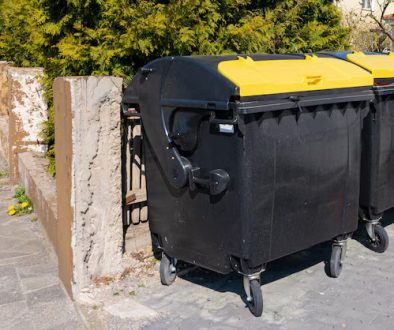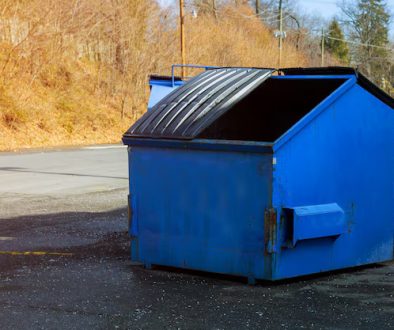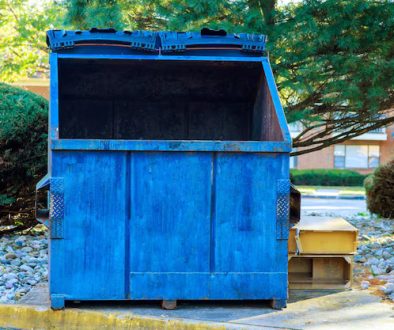In construction and landscaping, aggregates play a vital role in almost any project. They’re basically various types of rocks and gravel used in foundations for buildings, concrete, and even asphalt. Aggregates are produced in a variety of ways, most commonly through quarrying natural resources like gravel, sand, and sometimes rocks. Let’s look at some of the most common applications of aggregates in construction and how they’re used.
Types of Aggregates
It’s always good to have an understanding of the different types of aggregates that are on the market. Here are the most common types of aggregates you’ll find in the commercial and residential construction market.
Gravel
Gravel, a sedimentary rock made of small pieces of rock, is one of the most common aggregates used in construction. It’s used to provide drainage for roads and pathways and for support for foundations and sidewalks. As a foundation material, it provides structural integrity and can help to retain moisture in the soil below.
The material comes in a wide range of sizes. For foundations, this is important because the larger pieces of gravel can act as a barrier to moisture and help to prevent erosion. It’s also crucial for drainage so that rainwater can flow through the gravel and not pool underneath the foundation.
Sand
Sand is another type of sedimentary rock, and it’s extremely different from gravel in terms of composition. Sand is made up of larger-sized particles that are made up of stones, minerals, and dirt. Sand is often used as a filter in construction because of its larger-sized particle size.
In construction, sand is often used in mortar to make concrete, a binding material for cement. It’s also used in making asphalt, another binding material for cement. Sand is also used in reinforcing materials for concrete and asphalt.
Crushed Stone
Crushed stone is a type of aggregate that’s typically used in making mortar. The stone comes in three types: limestone, granite, and basalt.
Limestone is the most commonly used type of crushed stone. It’s a sedimentary rock that’s made of calcium carbonate and other minerals. Stone made from limestone is sometimes used in the making of concrete and asphalt.
Granite is another type of crushed stone that’s used in concrete, asphalt, and other binding materials. It’s resistant to acid and is extremely strong.
Basalt is sometimes used in the making of concrete and asphalt, but it’s primarily used for decorative purposes.
Asphalt
Asphalt is commonly used as an additive in cement, but it’s also used on its own in construction projects. It’s used to make roads and pavements, as well as driveways, parking lots, and walkways.
It’s a mixture of sand and rock, and it’s mixed with chemicals in order to cure and harden into a solid. The hardening process usually takes place over a period of 2-5 days, which means that it has to be laid down quickly.
Why Use Aggregates?
Aggregates are used in construction for a variety of reasons, but most commonly, they’re used as stabilisers and binding agents. In terms of stabilisers, gravel, sand, and other types of crushed stone are laid underneath foundations, sidewalks pretty much any type of building to provide stability and prevent erosion.
In terms of binding, gravel and sand are used in concrete, mortar, and asphalt to bind the material together. While aggregates are also used for decorative purposes, they’re mainly used in construction to give stability to buildings, make concrete and asphalt sets, and create driveways and parking lots.
Common Applications of Aggregates
Aggregates are used in construction and landscaping in a variety of ways. They’re an important part of many projects and can serve a variety of purposes depending on how they’re used. The common applications of aggregates are continuing to increase as the construction itself continues to grow.
Roads
In the UK, roads are one of the most well-known applications of aggregates, and they’re used in almost every sort of road. They’re used as the base material for roads and pavements. In roads, aggregates can be used to create a smooth surface, depending on the type of aggregate you use. Appropriate types of aggregates, such as sand, can also be used to create a surface that can be versatile and expand when wet.
Building Foundation
Aggregate is a vital part of most building foundations. While concrete is used, aggregates themselves form the base of the concrete. The aggregate, which is usually gravel, sand, or crushed stone, forms a solid foundation on which the concrete is built.
We’ve already mentioned how important a solid foundation is in construction, but it also has an impact on the entire structure. The strength of the concrete that is built on the foundation also depends on the quality of the foundation. The solid foundation created with aggregates is the best way to ensure that the structure of your building is as strong as it can be and will remain stable for a long period of time.
Retaining Walls
Aggregates are also used in retaining walls. You may have seen these walls in national parks, which are used to maintain the landscape of a certain area and help prevent erosion. The walls are used to hold rocks and dirt in place, which is important in preventing soil erosion and helping to keep the land in a certain place.
Landscaping
In landscaping, aggregates are most commonly used to create decorative features, such as ponds and water features. Additionally, they can also be used to create pathways and other paths in gardens. In a garden, you’ll often see aggregates used to create that decorative pond or water feature, which is especially popular in tropical climate gardens.
A water feature can be used in a variety of ways, including one of the most popular uses as a centrepiece in a garden. Ponds and water features are a great addition to any garden, and they can serve a variety of purposes.
Water Main Construction
Aggregates are even used in water main construction and other services. They’re used to line the interior of pipes where water and chemicals are transferred, primarily to prevent corrosion. The water main construction industry is growing steadily, and the use of cement in water mains is increasing as well.
This means that more and more aggregates are being used by the water main construction industry and the industry as a whole. Water main construction is a rapidly growing industry, with new water mains being installed in cities and towns across the nation. As water main construction continues to grow, the need for aggregates will likely continue to increase.
Conclusion
Aggregates are an essential part of construction, both in terms of the stability they provide and the decorative features they create. They’re used in a variety of ways, especially in cement and asphalt construction. For your next project, be sure to include aggregates to create a solid foundation for your building.
If you’re looking for a reliable source of aggregates at affordable prices, Enviro Skip Hire is the one to call. We are a family-run skip hire and aggregate company serving the community of Staffordshire and surrounding areas. Whenever you need 6F2 aggregates for your next project, give us a call. Check out our wide range of skip sizes and aggregates.




